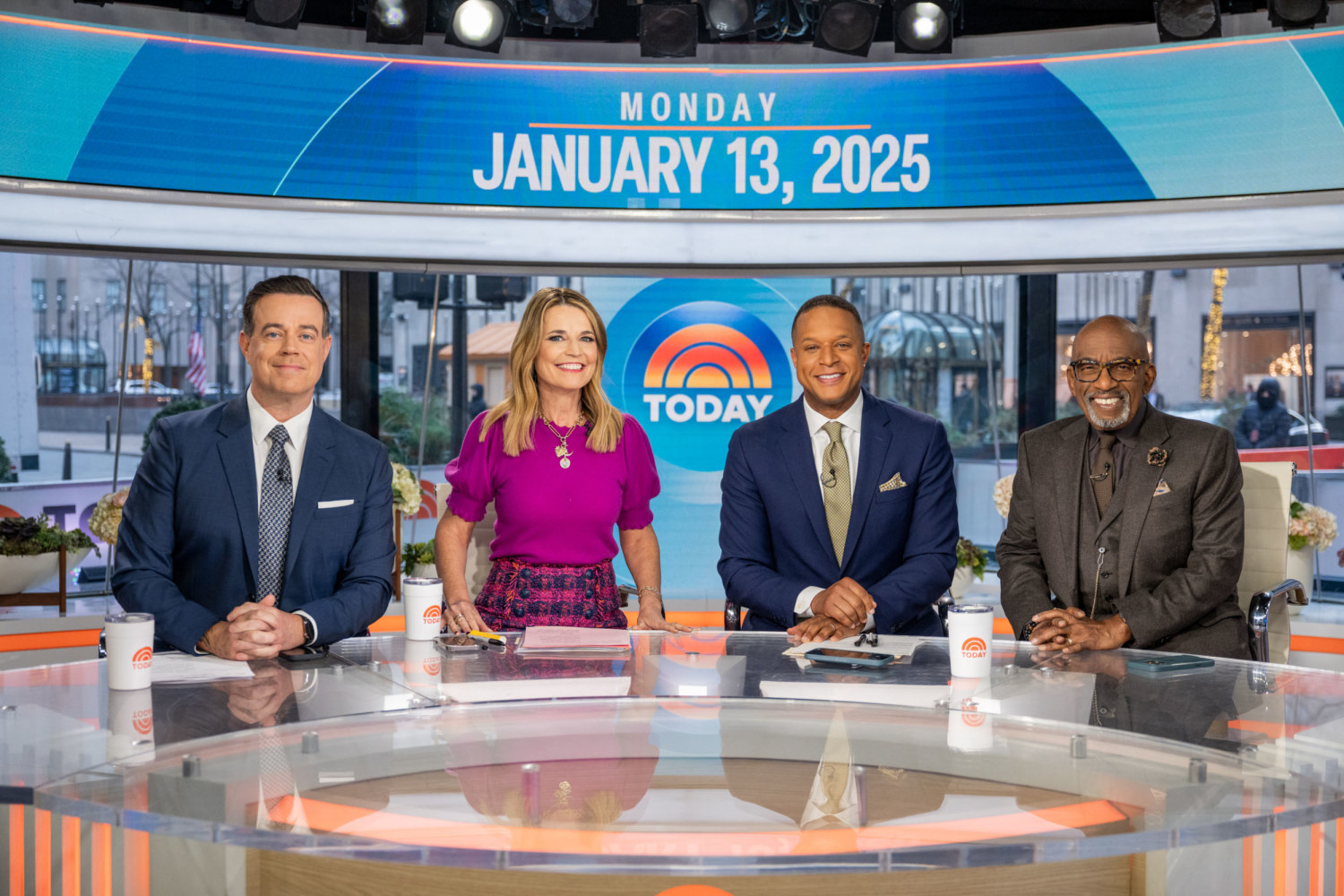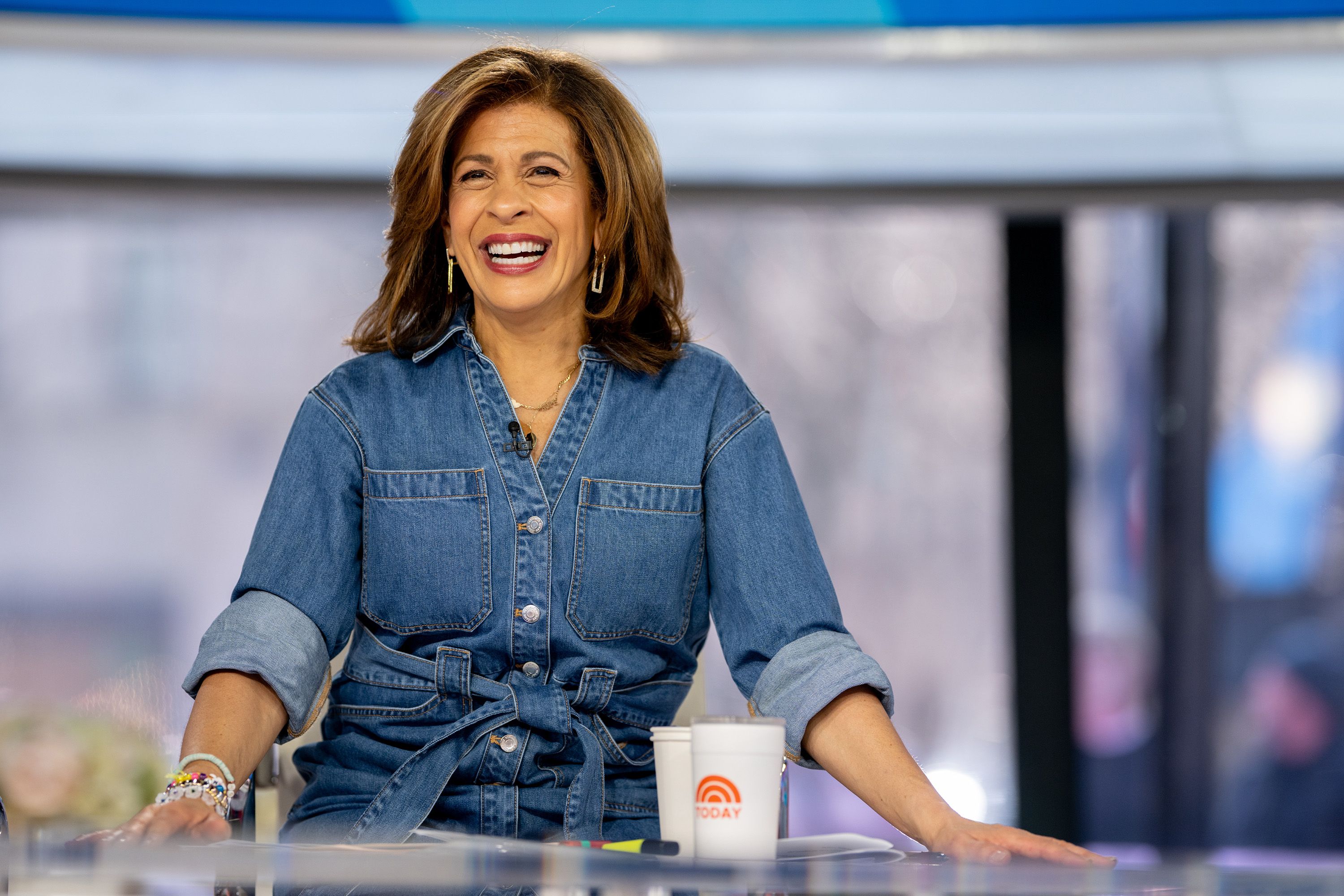For millions, the Today Show is reliable ritual—coffee in hand, familiar faces on screen, a soft landing into the news cycle. That expectation shattered during a recent broadcast when a routine lifestyle segment lurched suddenly off script. In less than a minute, the tone of the program changed, the control room scrambled, and a once-beloved anchor crossed a line that, according to network officials, left no room for second chances. By afternoon, a terse statement confirmed what the internet had already suspected: the anchor was gone, effective immediately.
The incident was not a technical glitch or an awkward ad-lib. It was, insiders say, a deviation so jarring—and so clearly outside company policy—that the network moved with rare speed. In a media landscape where even high-profile controversies often linger in investigation limbo, NBC’s response arrived within hours. For viewers who only caught a flash of it before the feed cut away, the abruptness was almost as shocking as the moment itself.

The live moment that broke the spell
What set this crisis apart was its context: a segment that should have been forgettable became unforgettable. Co-hosts, practiced veterans of live television, stared in frozen alarm as the anchor pressed on. No one on set made a scene; they didn’t have to. The stunned looks said enough. A hard cut to a different camera, then to a break, and the broadcast limped forward with a new, brittle tension.
In another era, that might have been the end. But contemporary live TV isn’t just live; it’s instantly immortal. Viewers clipped the feed in real time, posted with stunned captions, and seeded the moment across platforms. Within minutes, the fragment was everywhere, repeated, remixed, and debated—an object lesson in how swiftly the internet can turn a private panic into a public reckoning.
The viral chain reaction
The footage moved with rocket speed—first on X, then TikTok, Instagram Reels, and YouTube. Compilations multiplied; commentary layered on top of commentary; speculation filled the space left by official silence. Advertisers called their reps. Producers fielded frantic texts. In the back corridors of 30 Rockefeller Plaza, crisis protocols clicked into place: timeline reconstruction, legal review, standards-and-practices consultations, and a cascade of “what happened/what’s next” stand-ups.
Executives faced an unforgiving equation. The clip was ubiquitous. The content, insiders say, wasn’t a gray-area improvisation; it was a bright-line breach. Delay, in that environment, risked a second onslaught—accusations of equivocating on standards as the video racked up millions of views. The decision was swift, the language stark: violation of “journalistic standards and company policy,” termination effective immediately.
Why the network moved so fast
In live news, policies do more than police tone—they protect the brand’s license to operate. The calculation here was not just reputational but also legal and ethical. Once a piece of content circulates at viral scale, every second of corporate hesitancy feeds a perception gap. NBC opted to close that gap decisively, signaling to audiences, advertisers, and employees that the line between spontaneity and harm has a clear, enforceable edge.
There is also the matter of precedent. Morning shows sell trust as much as they sell segments. When something breaches the implicit contract with viewers—family-friendly tone, editorial rigor, a promise not to ambush the audience—the response must reassure the people who invite the show into their kitchen every day. A rapid termination is a harsh instrument, but for networks, it communicates the one message that matters most in a storm: the standard still stands.
Inside Studio 1A: shock, then triage
People who were in the building describe a sequence familiar to any live-production veteran. First, the shock: the red light is on, the run of show is moving, and suddenly an unscripted turn forces instant judgment calls. Then, the triage: cut cameras, toss to tape, rewrite the next block, steady the on-air team, and keep the broadcast from collapsing under the weight of a single moment. Finally, the after: gather clips, log exact language, lock down internal circulation, and route every decision through standards and legal.
On-air colleagues did what pros do: they absorbed the impact and pushed forward. Off air, producers rewired the remaining rundown to avoid any reference that could reignite the crisis. No dramatic speeches, no grand pronouncements—just the quiet, grueling work of getting a live show to the finish line while the internet tries to pull it apart in real time.
From beloved host to trending cautionary tale
The human whiplash is brutal and, in many ways, the defining story of the modern media era. For years, the anchor at the center of this controversy was a morning constant: cheerful, efficient, a familiar presence. Overnight, that persona collided with the reality of a viral breach. He or she became the main character of a story no one wants: side-by-side videos of past feel-good features and today’s stunned clip; split-screen debates about intent, responsibility, and whether a line like this can ever be walked back.
It’s tempting to reduce this to a morality play, but the truer lesson is structural. Live television in the age of ubiquitous clipping offers vanishingly little margin for error. What counts as a “mistake” has not only tightened; it’s now archivally indelible. A single decision—sometimes a single sentence—can collapse a decade of trust capital. That doesn’t make the standard unfair; it makes the medium perilous.

The ethics behind the euphemisms
Network statements in moments like these are famously sparse: “unacceptable,” “inconsistent with our values,” “contrary to policy.” The vagueness isn’t always a dodge; it’s often legal necessity. But the ethical scaffolding is sturdier than the language suggests. Morning shows carry a unique mandate to be safe for broad audiences while still reflecting a messy world. “Safe” doesn’t mean sanitized—difficult stories and hard truths live here every day. It means the delivery cannot harm. The difference is not semantic; it’s structural to the genre.
When a host disregards that boundary—whether by language, behavior, or unexpected content—the show’s editorial covenant snaps. Behind the euphemisms is a plain reality: harm prevention is the brand.
The risk calculus of live TV
Producers build guardrails—pre-interviews, clear show notes, countdown clocks, and a culture that prizes precision under pressure—but no framework can turn live into taped. That’s part of the appeal. The alchemy of unscripted warmth and editorial rigor is why the format still outrates its challengers. The same alchemy is also why disasters feel so intimate. You aren’t just watching a mistake; you’re watching a trusted person commit it, in your living room, with your kids at the table.
In response, expect all live formats—not only morning shows—to tighten their control layers: slower pivots from prompter, more assertive talkback from the control room, clear “abort” commands for hosts, and lower tolerance for high-wire ad-libbing in family-hour blocks. None of that will make live TV risk-free. It will make the risk more intentionally managed.
Can trust be rebuilt?
Short answer: yes, but not by statement alone. Morning audiences are forgiving when they believe a show protects them first. In practical terms, that means transparency about standards (without re-airing harm), visible steadiness from remaining anchors, and swift clarity on who is steering day-to-day editorial decisions. It also means re-earning the small, daily “yes” from habitual viewers—the people who don’t trend but do tune in.
Expect NBC to lean into familiar strengths: service journalism (consumer tips, weather clarity, health explainers), profiles that restore the show’s “comfort” DNA, and carefully calibrated conversations about media responsibility that acknowledge what happened without turning it into a spectacle. In other words: do the work, on air, where it counts.
The industry-wide ripple
Every big shop watches every big stumble, because every show is one unscripted minute away from its own. Standards teams will use this case as a training vignette: Here’s where the line lives. Here’s the moment to stop. Here’s why a decisive network response isn’t “overreaction” but duty of care. For talent, the takeaway is sobering: gravitas isn’t just how you deliver the news—it’s how you protect the audience from you.
The human coda
Behind the headlines is a person whose career changed in an instant. Contracts, representation, and possible next steps will unfold off-camera, as they should. For viewers and colleagues, the immediate task is simpler: keep faith with the standard that makes live mornings worth watching. When a boundary is crossed, the show’s first loyalty must be to the people at home, not to a brand, not to a résumé, not to a clip count.
That’s why this story resonated so fast. It wasn’t merely a scandal. It was a stress test of what morning TV promises—and whether a giant still knows how to keep that promise under pressure. The speed and severity of NBC’s response suggests an answer: Yes, the line still holds.
The larger lesson endures beyond this week’s viral cycle. Live television is a trust economy. It is built, day by day, by people who remember that millions of homes are not a stage but a stewardship. Most mornings, that compact is invisible because it’s honored. On the morning it was broken, what happened next mattered more than the break itself. The show cut away. The network made a call. And the message to viewers—however painful to deliver—was unambiguous: the standard comes first, because you come first.



